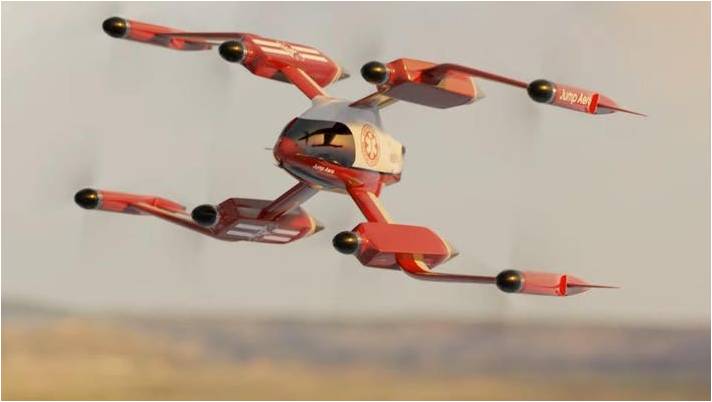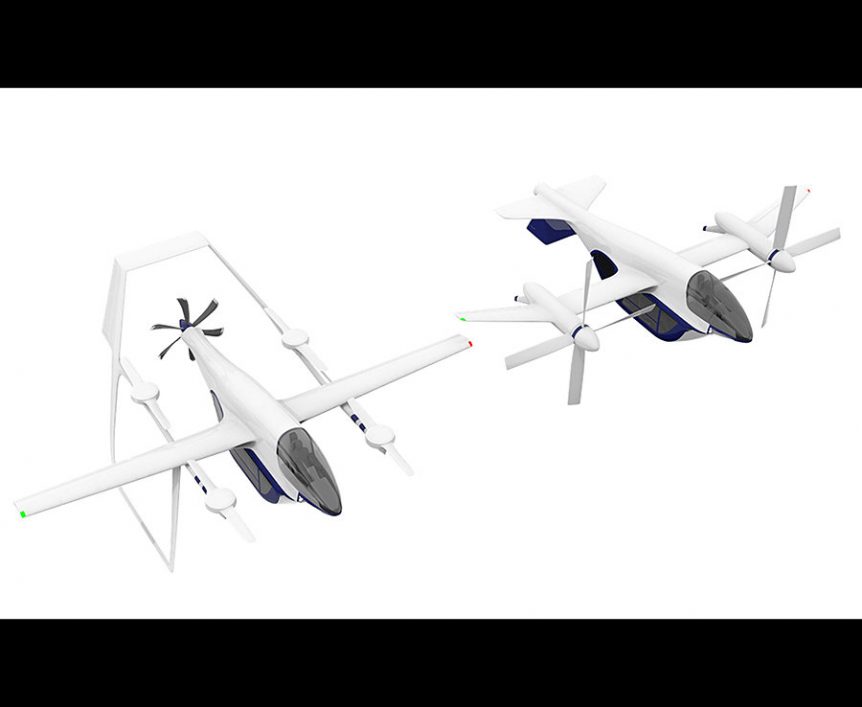Jump to the Rescue The State of Oregon might be ready to Jump into serving remote areas with a startling type of drop-in emergency vehicle. Jump Aero’s Pulse eight-motor biplane configuration could whisk emergency medical technicians on a flight to patients who could otherwise wait for a half-hour or more before help could arrive. Joshua Kupietzky, writing in Simple Flying, cites five characteristics of the craft that merit attention. “Quick arrival times… Serving a special niche… Battery-powered life-saving impact… Vertical takeoff… Easy to use and maintain.” These features describe many eVTOLs (electric Vertical Take Off and Landing) aircraft, but the Pulse allows landing in the space that would otherwise be taken up by an ambulance or small fire vehicle. Carrying a trained professional EMT or firefighter to the scene along with an array of emergency gear, Pulse can have said professional giving medical care or putting out fires within minutes of setting down. Because it’s a tail-sitter, the pilot enters …
Terrafugia’s TF-2
Terrafugia, unabashedly calling its vehicles “flying cars” in many of its public pronouncements, has floated a concept that is a serious departure from their two previous designs. The TF-2 will be the equivalent of a shuttle bus, but with an aerial means of making a longer haul than mere in-town hops. Started by MIT graduates, many of them members of the rocketry club, Terrafugia has managed to garner an enormous number of media hits. It even became a possible Christmas gift in the 2010 Hammacher Schlemmer Christmas catalog. It flew its Transition before the crowds at AirVenture in 2013, and was able to obtain certification as a Light Sport Aircraft since then, but with a slightly higher than original LSA weight allowance. That seems to be moot at this point, since the FAA is going to allow LSA pilots to fly aircraft up to 3,600 pounds. Popular Science reported in 2014, “To meet highway-safety requirements, the Transition needs to be …


